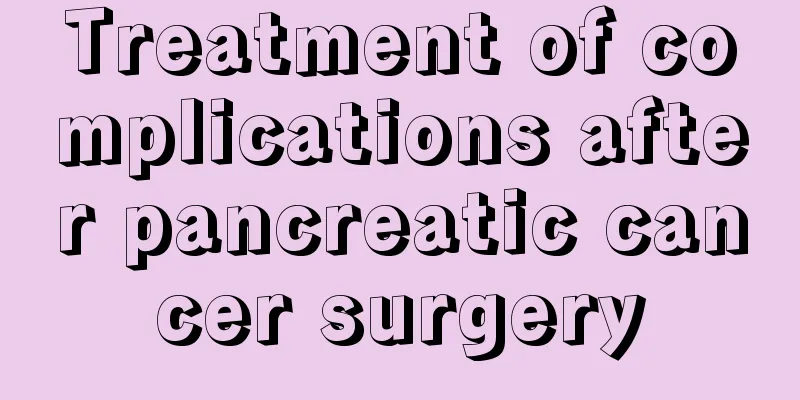How to treat cracked teeth

|
Hidden cracks in teeth are also called micro-cracks or incomplete cracks. They refer to some small cracks on the surface of the crown. Don't underestimate these small cracks. They are an important cause of toothache. They often cause the inclination of the teeth to increase and the trauma to increase. If such symptoms occur, timely treatment should be sought. Try not to eat hard food in daily life. treat 1. Superficial cracks without obvious symptoms and with normal pulp vitality can be treated to reduce the lateral splitting force. Prevent cracks from deepening; you can also prepare a cavity, grind off the cracks as much as possible, and then do preventive filling. 2. For those with deeper cracks or existing pulp lesions, the cusp bevel should be adjusted extensively during pulp treatment to completely remove the fracture-causing force on the affected tooth and the tooth should be restored with a full crown in a timely manner after treatment. During the treatment of endodontic disease, surface perforation causes the crack's ability to withstand force to be greatly reduced. Even though the bite is lowered during treatment, it is very easy for the tooth to split from the crack due to chewing and other reasons. Therefore, at the beginning of endodontic treatment, a ring can be bonded to protect the crown, and a full crown restoration should be performed after the endodontic treatment is completed. Causes 1. The weak links in the tooth structure are susceptible factors for the occurrence of tooth cracks. These weak links not only have low crack resistance, but are also the areas where stress is concentrated when the teeth are subjected to normal forces. 2. The larger the incline of the tooth tip, the greater the horizontal force generated, and the greater the chance of hidden cracks occurring. 3. Traumatic force: When pathological wear causes high and steep tooth cusps, the inclination of the tooth cusps also increases significantly. The horizontal component of force generated during normal occlusion also increases, forming a traumatic force that causes the enamel plate at the bottom of the pit and fissure to deepen and widen toward the dentin. This is the beginning of hidden cracks. Under the continued action of force, the crack gradually deepens towards the pulp. Traumatic force is the cause of tooth cracks. It often occurs in bicuspids and molars, and is most common in the maxillary first molars. Careful observation may reveal light black or dark brown crack lines that may run across the tooth surface or may only be seen near the edge. There is often pain when biting a cotton swab at the fissure site. Cracks can be made clearer using tincture of iodine or gentian violet. Cold testing is more sensitive at hidden cracks. |
<<: How to effectively relieve neuralgia in the head
>>: How to effectively remove phlegm stuck in the throat
Recommend
What should I do if the wound becomes infected and festered after surgery?
Surgery is inherently dangerous to the human body...
Be sure to turn off the computer during lunch break in the office
According to medical reports, people who use comp...
How should we deal with the high incidence of nasopharyngeal cancer? What are the causes of the high incidence of nasopharyngeal cancer?
The current incidence of nasopharyngeal cancer is...
What targeted drugs can patients with nasopharyngeal carcinoma metastasis take
What targeted drugs can patients with nasopharyng...
Evaluation of the Pancreatic Cancer Palliative Care Program
The radical surgical resection rate of pancreatic...
Which is better, instant sea cucumber or dried sea cucumber? What are the effects?
Sea cucumbers are delicious and have a tender tex...
How to clean a new water cup for the first time
In our daily lives, we should all use cups as con...
How to exercise back muscles
For office workers, their muscles are very thin c...
Why exercise can prevent breast cancer
Medical scientists have found that exercise can h...
How to remove scale from fish tank
Many families raise fish. This is a way to regula...
What should you pay attention to after interventional treatment for liver cancer? Six points to note after interventional treatment for liver cancer patients
Liver cancer is one of the 10 most common and ser...
What's going on when a hard lump grows under the earlobe?
In daily life, due to the influence and changes o...
Why does my skin feel cold in summer
Many northerners like to go to the south to spend...
Is recurrence of early lung cancer after surgery considered advanced? What is the impact of lung cancer classification on treatment and prognosis?
Lung cancer is one of the malignant tumors with t...
What are the symptoms of renal hamartoma rupture
Renal hamartoma rupture will cause bleeding, seve...









